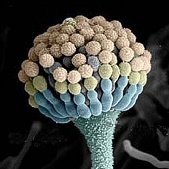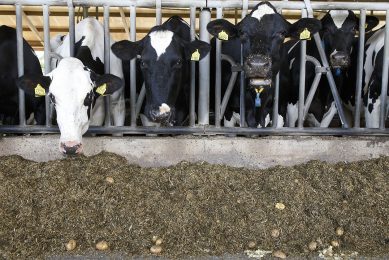Pakistan: Aflatoxins fatal for dairy cows

The high feed costs made dairy farmers in Pakistan use old bread in the cattle diets. However, mycotoxins in this bread have caused a catastrophe, when 493 animals died in Karachi’s Landhi Cattle Colony in November last year. More than 1,200 animals fell sick.
Scientific and Industrial Research (pcsir) has concluded that deaths were caused
by a high concentration of aflatoxin in cattle feed,” says Hafeez Shaikh, a vet
at the Landhi Cattle Colony.
Bad storage
Samples of
dead flesh were sent to the Central Veterinary Diagnostic Laboratory, Tandojam,
Sindh, but no bacteria or virus was found. Experts such as Shaikh have an
explanation for the toxicity caused by stale bread: “Usually, cattle feed
comprises cotton seedcake, wheat bran, wheat crush, pulses, wheat straw and
green fodder.
But these days, farmers have to mix this with stale bread
collected from houses. The bread is often stored for long in godowns, where they
become toxic.” He says it is time the government established a laboratory in the
area for timely detection of toxins in cattle feed besides establishing
certified feed mills across Sindh province.
Not the first
time
Toxic food had affected Landhi Colony earlier as well. “In
1997, cotton seedcake poisoned by excessive pesticide use killed many animals,”
says Mohan Lal, executive district officer, livestock and animal husbandry, city
district government, Karachi, who has been suspended for negligence after the
Landhi incident.











